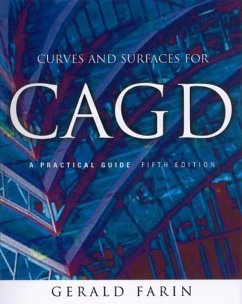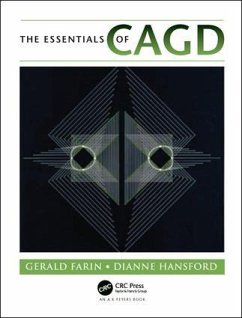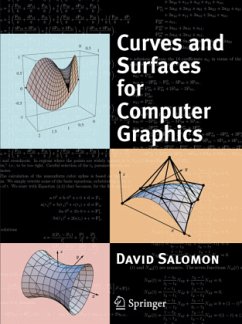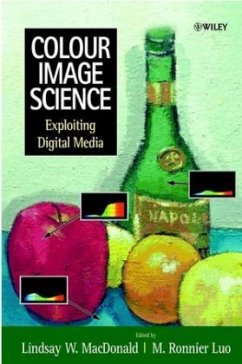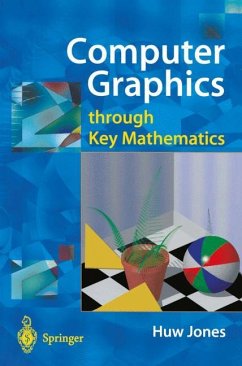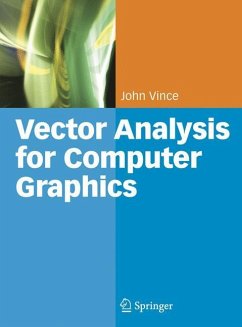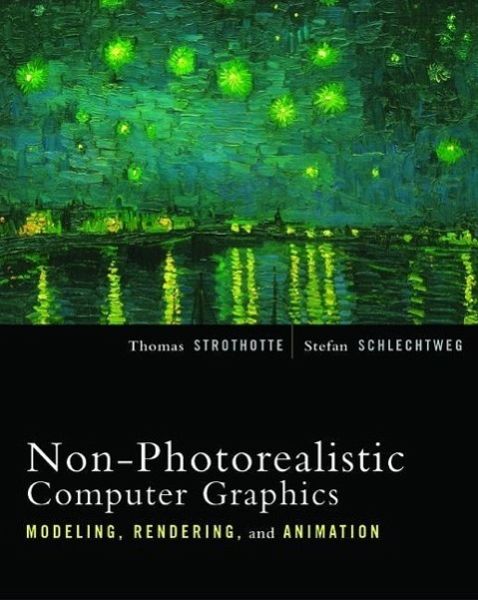
Non-Photorealistic Computer Graphics
Modeling, Rendering, and Animation
Versandkostenfrei!
Versandfertig in 6-10 Tagen
80,99 €
inkl. MwSt.

PAYBACK Punkte
40 °P sammeln!
Even as developments in photorealistic computer graphics continue to affect our work and leisure activities, practitioners and researchers are devoting more and more attention to non-photorealistic (NPR) techniques for generating images that appear to have been created by hand. These efforts benefit every field in which illustrations-thanks to their ability to clarify, emphasize, and convey very precise meanings-offer advantages over photographs. These fields include medicine, architecture, entertainment, education, geography, publishing, and visualization.Non-Photorealistic Computer Graphics ...
Even as developments in photorealistic computer graphics continue to affect our work and leisure activities, practitioners and researchers are devoting more and more attention to non-photorealistic (NPR) techniques for generating images that appear to have been created by hand. These efforts benefit every field in which illustrations-thanks to their ability to clarify, emphasize, and convey very precise meanings-offer advantages over photographs. These fields include medicine, architecture, entertainment, education, geography, publishing, and visualization.Non-Photorealistic Computer Graphics is the first and only resource to examine non-photorealistic efforts in depth, providing detailed accounts of the major algorithms, as well as the background information and implementation advice readers need to make headway with these increasingly important techniques.Already, an estimated 10% of computer graphics users require some form of non-photorealism. Strothotte and Schlechtweg's important new book is designed and destined to be the standard NPR reference for this large, diverse, and growing group of professionals.



